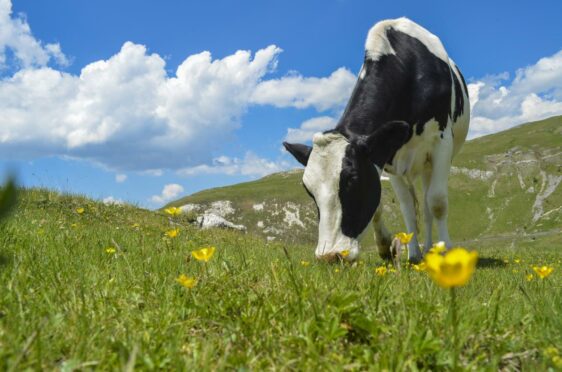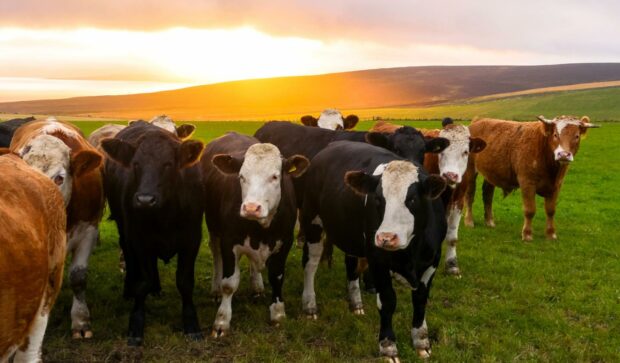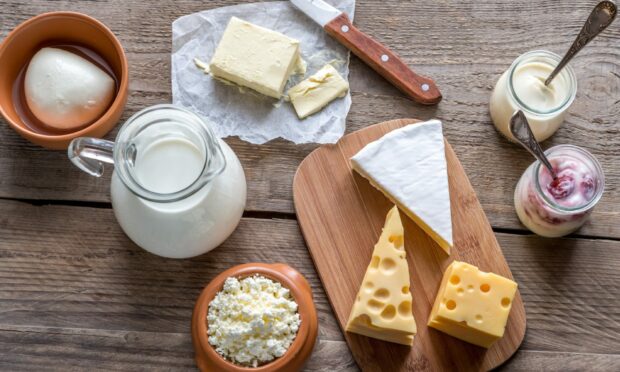EU farm ministers have backed plans to develop ‘carbon farming’ as a new enterprise and income stream for farmers.
This is part of the EU Green Deal to achieve a net zero position by 2050.
The thinking has been welcomed by the farming lobby, but has been criticised by some environmental pressure groups as insufficiently radical to deliver change in agriculture.
Under the plans, which are still in their early stages of development, farmers would be paid for enterprises that lock up carbon.
They would be able to secure an income stream from carbon credits, which could be sold to businesses outside agriculture that need to offset their carbon production.
Typical sequestration enterprises include forestry and permanent grassland, but the scheme’s development and credit system is in its early stages.
Meanwhile, the OECD (Organisation for Economic Cooperation and Development) has said farming could have a major impact on global warning.
It says that over the rest of this century carbon sequestration in agriculture could offset 4% of human-driven carbon increases.
This would represent 10% of the reduction needed to meet the temperature goals of the Paris climate change deal.
Increased grain forecast
The United Nations Food and Agriculture Organisation (FAO) has raised its final forecasts for the 2021 cereal harvest.
It says this will end up at 2.793 billion tonnes, up by 2.1m tonnes on its last forecast and 0.8% ahead of 2019.
It says this is down to better than expected final figure for Australia and Argentina, and ironically Russia and Ukraine.
Wheat production was the same and coarse grains were down slightly. It says that in Europe, based on winter plantings, wheat production will increase modestly. This is because high input costs have been a disincentive for expansion.
The report also says that by contrast in the United States high grain prices have led to a big increase in winter crops, with the acreage planted at a six-year high. Russian winter wheat plantings are at a five-year high.
Rising food prices
Lastly, supplies, stocks and political uncertainty helped to drive up global food prices in January.
This maintains the high levels of 2020 and confirms there is little prospect of relief for consumers from food price inflation.
Dairy products were one of the strong performers in January, with prices up by 2.1% from December. These have risen for five consecutive months and are 19% ahead of where they were at the start of 2021.
Prices rose for other agricultural commodities, but for cereals the increase was negligible, with prices down by 3% compared to January 2020.
Meat prices rose modestly, but are significantly better than a year ago, having risen by 17% in 2020.
Beef prices reached a new peak with welcome signs demand is now exceeding supplies in major production areas.
- Richard Wright is an agricultural industry commentator.


